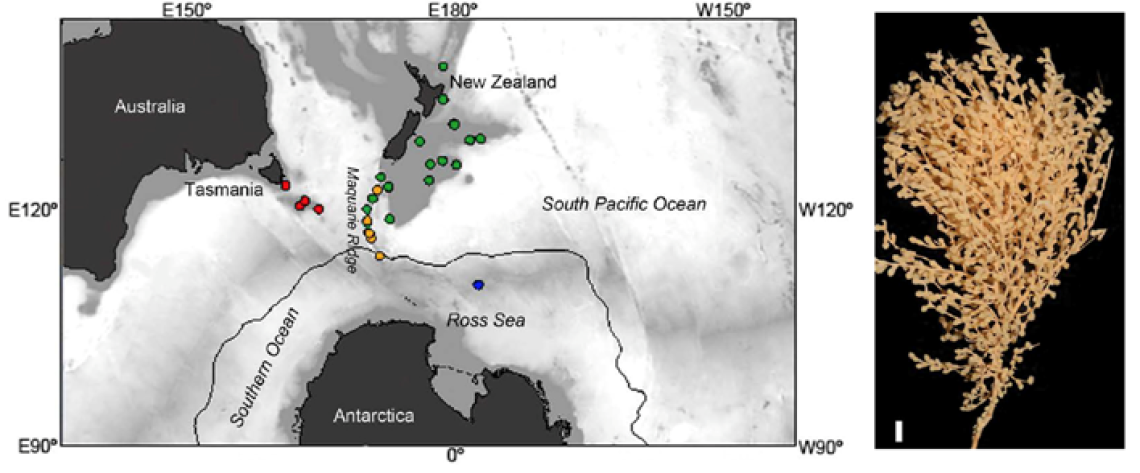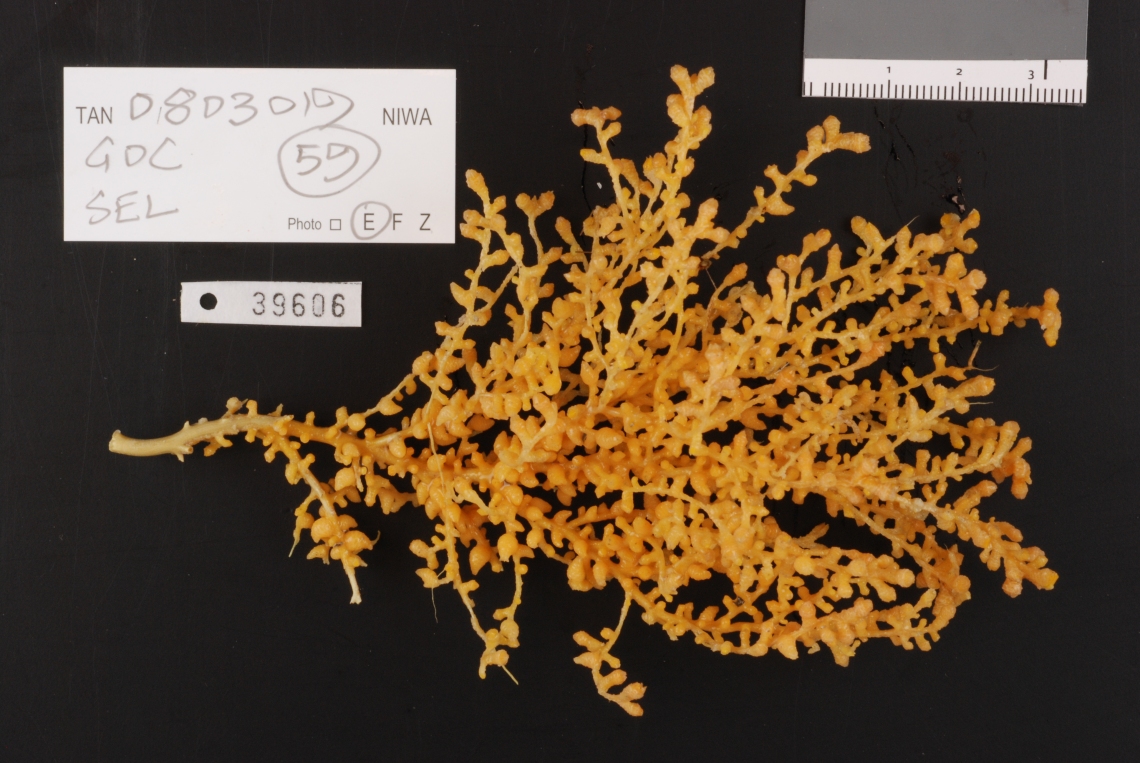The Antarctic Circumpolar Current as a diversification trigger for deep-sea octocorals
Despite our growing understanding of the role of Antarctica in driving global climate regimes and regional patterns of marine diversity, the distribution and connectivity among deep-sea species across the Southern Ocean remain poorly known. A new study has revealed that ancient latitudinal fluctuations in the Antarctic Circumpolar Current (ACC) likely contributed to the diversification marine species.
The deep-sea Antarctic seabed is one of the last frontiers of exploration on the planet. This poorly explored environment is surrounded by the Antarctic Circumpolar Current (ACC), which is the largest and strongest current in the world. However, little is known about its role as potential barrier for the migration of deep sea species. To help answer this question, an international group of scientists from Colombia (University of the Andes), New Zealand (NIWA, Wellington), Australia (CSIRO, Tasmania) and Germany (Justus Liebig University Giessen) explored the potential role of the ACC in shaping the distribution and connectivity of populations across this major oceanographic feature.
Studying the mechanisms underlying the biogeography of deep-sea organisms could help, shedding light on the role of marine barriers as diversification triggers and how connectivity is maintained in marine populations, particularly across large biogeographic features such as the ACC. The study lead by Luisa Dueñas (University of the Andes, Bogotá, Colombia), recently published in the journal BMC Evolutionary Biology, represents the first attempt to explore the role of the ACC as a potential barrier to gene flow between populations of deep-sea bottlebrush octocorals from the Southern Pacific and Southern Ocean. For this research, the authors obtained and analyzed DNA sequence data from 80 conspecific octocorals across Tasmania, New Zealand and the Ross Sea (Antarctica). In particular, samples of the deep-sea bottlebrush octocorals genera Tokoprymno and Thouarella, both in family Primnoidae, from the NIWA Invertebrate Collection and the Tasmanian Museum and Art Gallery were used.
The main message from the study is that since the onset of the ACC (Oligocene-Miocene boundary, ca. 25 My ago), this current has acted as a semi-permeable barrier to deep-sea octocorals, capable of separating and structuring populations, while allowing short periods of gene flow.
Study conclusions:
- This study represents the first assessment of phylogeographical patterns in deep-sea octocorals in the South Pacific and Southern Ocean.
- Deep-sea bottlebrush octocorals (Tokoprymno and Thouarella: Primnoidae) revealed that the ACC may be considered as a soft barrier capable of separating and structuring populations, while allowing short periods of gene flow.
- ACC fluctuations in latitudinal positioning during the Miocene likely contributed to the diversification of bottlebrush octocorals.
Further information
Read the paper recently published in the journal BMC Evolutionary Biology:


